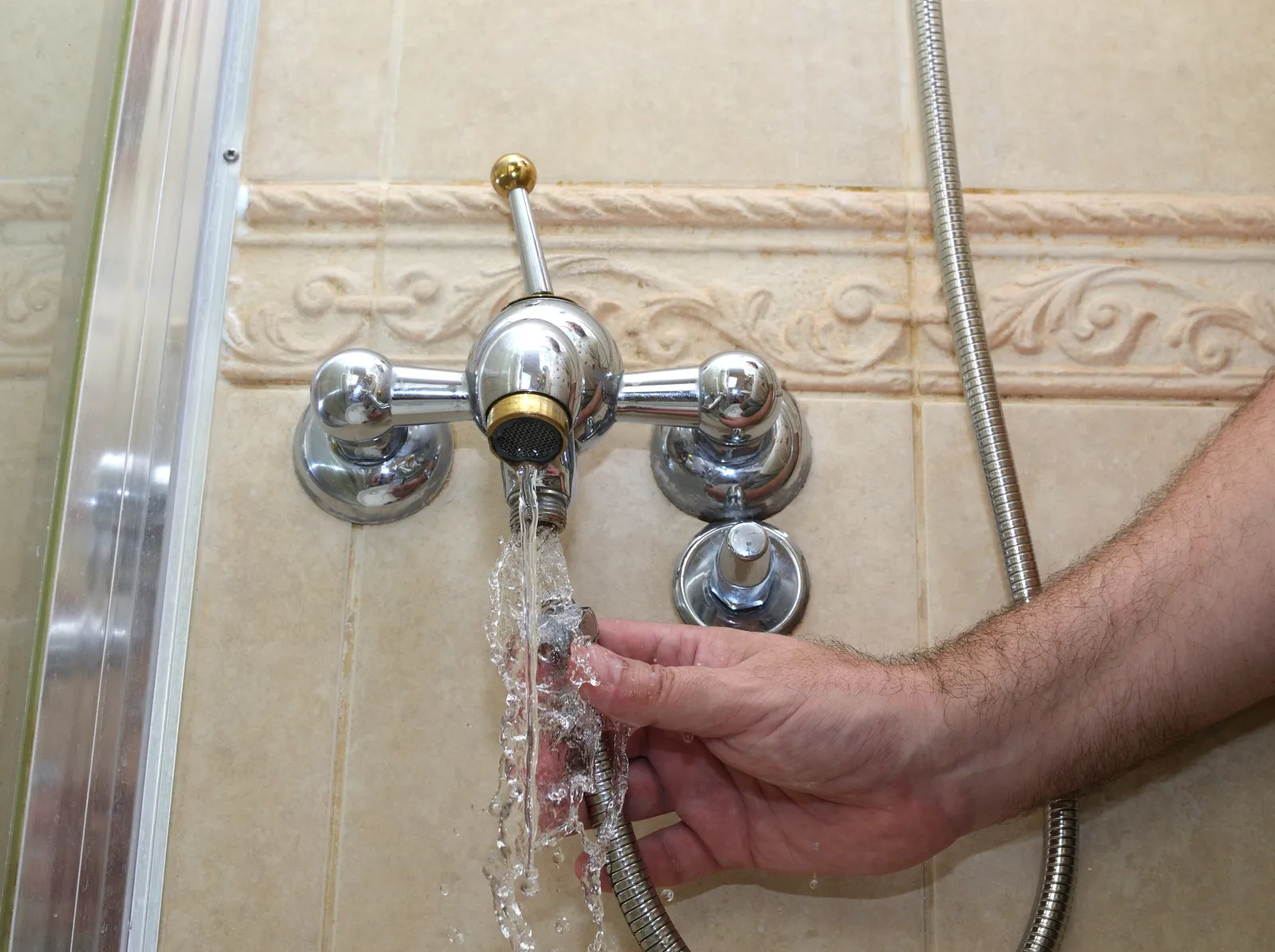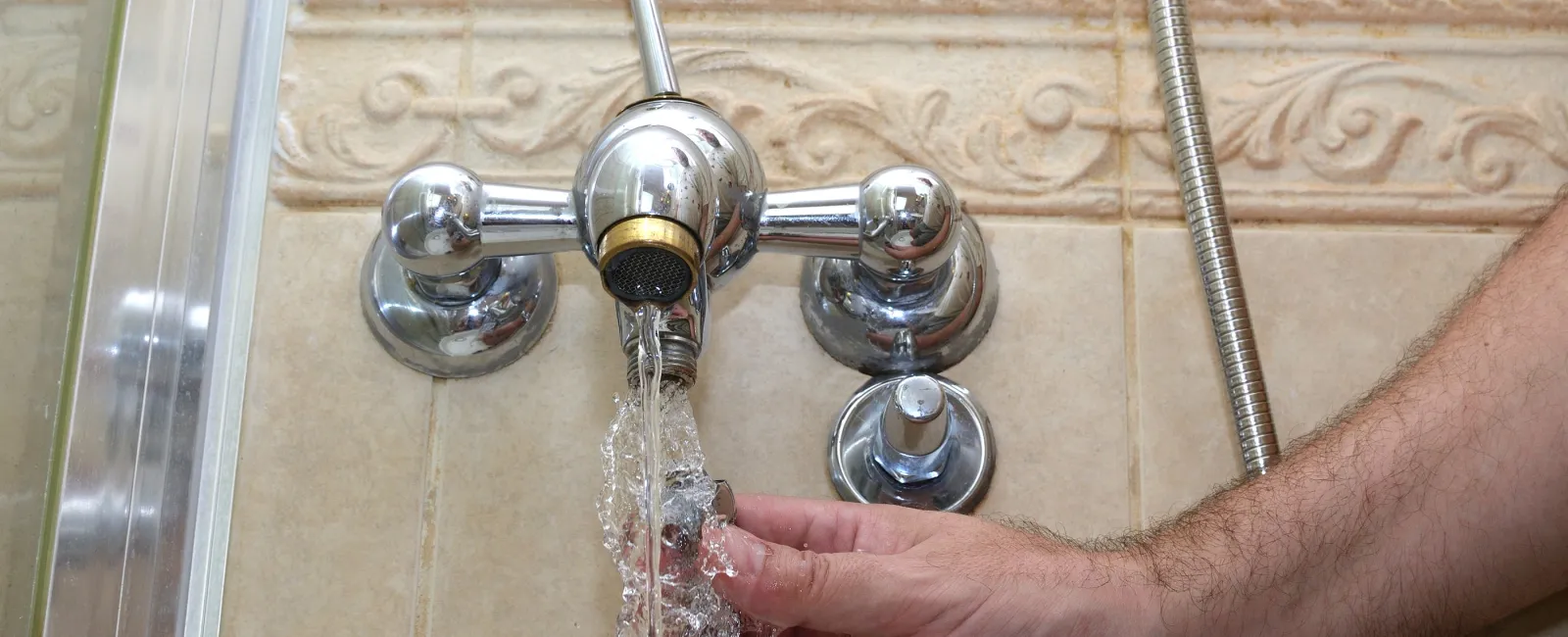When was the last time you replaced your shower head?
Many people worry about the shampoo and conditioner they use, but you should be worried about how frequently you replace your shower head. Like shampoo and conditioner, you have many different options for different types of showerheads. Shower heads are often forgotten, but when it comes to maintaining hygiene and keeping your water pressure top tier. Also, changing your shower head and other parts can guarantee better water pressure and lessen your chance of dealing with pesky bacteria.

When determining if you need a shower head pipe replacement, you need to look at these three main factors:
1. Sediment Build-up:
If you didn't know, water flowing through the pipes is treated with many additives and chemicals. Living in a hard water area almost guarantees sediment build-up, and you must beware of this. Many showerheads have a built-in screen inside of them, and their job is to help strain out a majority of grime, minerals, and even the chemicals that would appear in your water. The best way to check this is to look around the surrounding area of the shower head and see if there is any build-up. If so, it may be time to discard your old shower head and consider shower pipe replacement.
2. Leaks:
Do you hear a drip from your bathroom in the middle of the night? It could signify that you either need a new showerhead or something more. If left untouched, a leaky showerhead can cause a massive water bill you may not want to deal with. Many problems can cause the leak, but an overly used or loose showerhead could be the culprit.
3. Mold:
Keeping the same showerhead can lead to the growth of unwelcome friends. Mold is dangerous if not dealt with immediately and may create bacteria around the nozzle of the shower, which can rain down on you. There are many tell tales signs that mold may be involved. If you start seeing dark-colored water stains or tiny spots, then chances are you are dealing with black mold. If you discover this, it is recommended that you act immediately. You need first to find the source and get rid of it all. To reduce the chances of mold build-up, choose a metal showerhead. Plastic showerheads hold more of a chance to grow mold.
Now that you know what to look out for, we'll teach you how to replace a showerhead. Here are some steps to follow:
- Remove the old one - To do this, turn the showerhead counterclockwise to remove it properly. If you
- Change shower arm - use pliers, preferably slip-joint alongside electrical tape, or place a towel around it as you replace shower arm.
- Clean the exposed areas - Whether on the shower arm, the shower pipes, or the shower head itself, cleaning the outside areas is essential to remove any old tape or dust. By trying to clean these areas, you are guaranteeing good water pressure and an even better shower.
- Seal the deal - After cleaning the outside areas, it's time to seal off everything. If you're doing a shower head pipe replacement, this is critical to avoid any future leaky pipes, which, if not dealt with, can run you a costly monthly water bill.
Installing a Fixed Showerhead
- Start by screwing the fixed showerhead onto the arm clockwise and firmly tightening it.
- Next, turn on the water and check for leaky pipes or areas.
- If no leaks are found, finish off by wrapping thread seal tape tight with a wrench.
Installing a Hand-Held Showerhead
- Screw the hand-held shower mount directly on the shower arm.
- Connect the added hose to the mount and the hand-held shower, and use your hand to finish tightening the two.
- Watch for leaks by turning on the water.
- Then use thread seal tape, and tighten with a wrench to finish.
Installing a Combo Fixed-Mount and Hand-Held Showerhead
- Attach the diverter with water to the head and hand-tighten it.
- Attach fixed mount shower head on diverter end clockwise.
- Attach the hand-held unit per the manufacturer's directions.
- Place the shower into the mount.
- Watch for leaks by turning on the water and diverting it from the fixed to the hand-held unit and check for leaks and seal with tape.
Contact us at Stahl Plumbing today if you find any leaks or want quick and easy professional installation.

